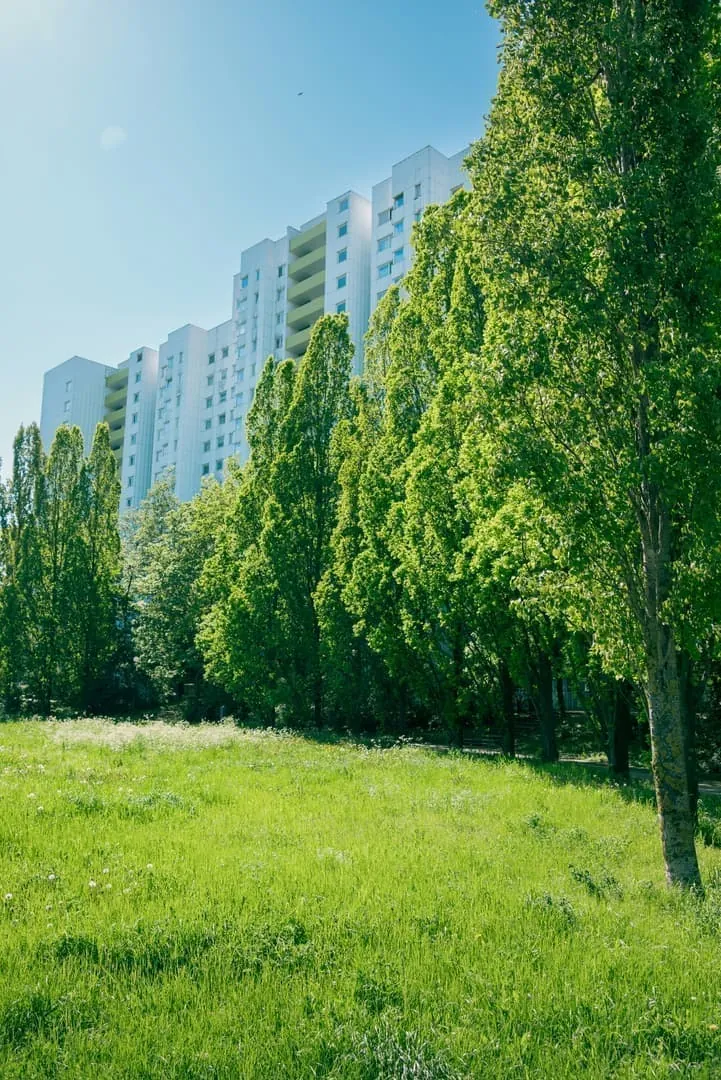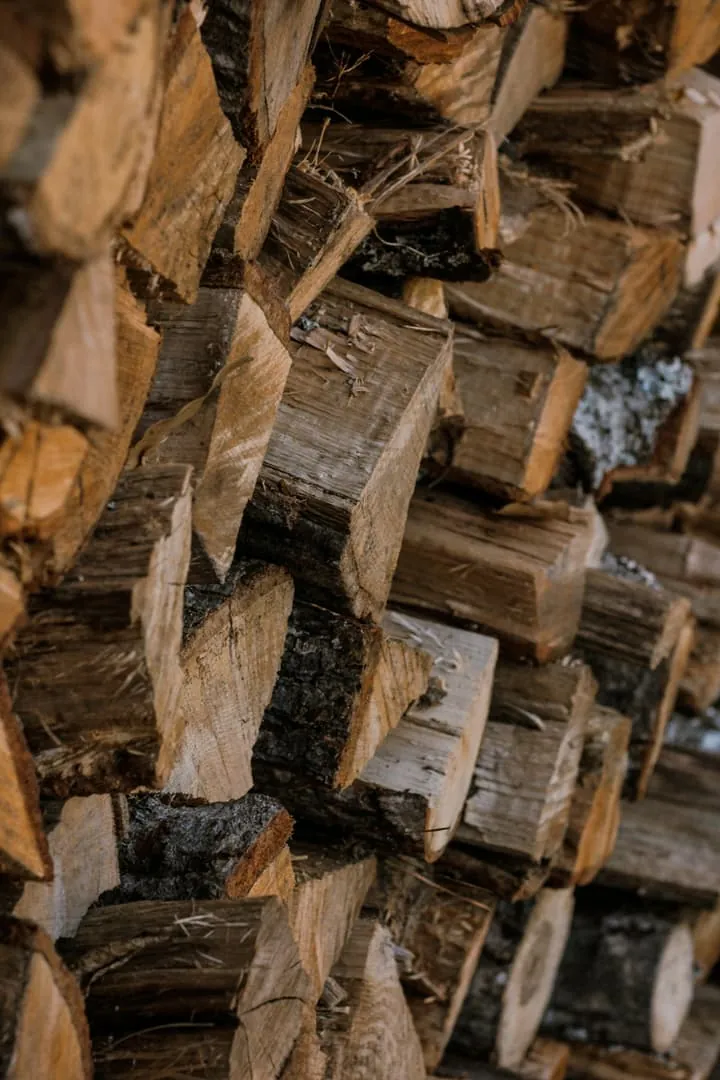
Reconnecting with Nature in the City: 5 Simple Ways to Make It Happen
Living in a city doesn't mean living apart from nature. Amid noise, screens, and constant motion, we often forget that life still thrives all around us. In 2025, urban biophilia inspires new ways to slow down, breathe, and feel connected again.
1. Bring greenery home
Even a tiny balcony can host life: herbs, flowering plants, and pollinator-friendly species attract bees and butterflies. Window gardens are blooming across Europe's cities. Choose resilient plants like pothos or snake plants for low-light apartments and enjoy the benefits of cleaner indoor air.
2. Slow walks, no screens
Walk aimlessly in a park or quiet street. Simply looking at trees lowers heart rate and boosts focus. Studies from 2024 show just ten minutes of 'nature exposure' reduces stress significantly. For more ways to embrace mindful movement, explore our tips on reducing stress with green routines.
3. Watch the city wildlife
Robins, sparrows, hedgehogs, even foxes — urban biodiversity is alive. Join citizen science programs like BirdLab or iNaturalist to help track and protect species. Urban green spaces, even small ones, host surprising wildlife. Every observation matters.
4. Seek natural light
Open curtains, let daylight in. Autumn's gentle morning sun lifts mood and supports better sleep cycles. Natural light regulates circadian rhythms and boosts vitamin D levels. For more on optimizing light at home, see our guide on autumn lighting tips.
5. Take a digital break
Replace your evening scroll with a walk, watering plants, or journaling. This quiet ritual restores focus and appreciation for small details. Disconnecting from screens helps us reconnect with the world around us — and with ourselves.
Conclusion: Reconnecting with nature doesn't require a forest or a field — only attention. Even in the heart of a city, life continues around us, quietly reminding us that we belong to it. Start with one small habit: a plant on your windowsill, a walk without headphones, or ten minutes of morning sunlight. These moments add up to something bigger — a renewed sense of wonder and belonging.
About the author:
Alexandre Dubois is a European sustainability enthusiast who shares practical, tested tips for everyday life. From saving on household energy to reducing waste, he focuses on simple changes that deliver real impact. He writes from personal experience, testing solutions in his own home before recommending them. Contact: info@greendailyfix.com
Related posts

Zero-Waste Winter Cooking: Turning Leftovers into Comfort Meals
As winter sets in, our meals get heartier — and our fridges fuller. Unfortunately, that often means more food waste. But zero-waste cooking isn't about restriction; it's about creativity and comfort. Here's how to turn leftovers into cozy, money-saving winter meals.

Stay Warm Without Breaking the Bank: Heating & Budget Tips for Winter 2025
Energy prices are rising again, and winter is coming. The good news: simple actions can keep your home warm without blowing your budget. From thermostat tweaks to daily habits, here's your practical guide to a cozy, cost-efficient winter.

Night of Lanterns: Bringing Meaning Back to Halloween
Beneath the layers of plastic and candy, Halloween hides an ancient, poetic story — that of **Samhain**, the Celtic festival marking the end of light and the start of the dark season. This October 31, instead of consuming, what if we returned to celebrating — by lantern light, in respect for nature and remembrance?

Recycled Halloween Costumes: Creative Ideas for All Ages
Each year, millions of Halloween costumes are worn once and thrown away. Made of polyester and plastic, they leave a scary carbon footprint. Yet building your own costume from recycled clothes and materials is easy, fun, and far more sustainable. Here's how to make eco-creative costumes for kids and adults alike.